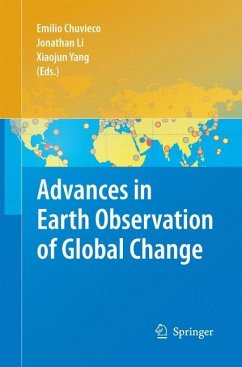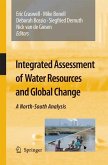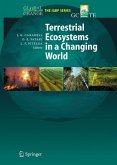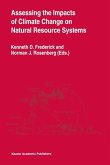Previous volumes in this 'Developments in Paleoenvironmental Research' (DPER) series have focussed on providing in-depth descriptions of palaeoenvironmental techniques or have described the applications of these approaches on various regional bases. The former of these now provide an invaluable series of standard text books for scientists and students, while the latter show how the application of palaeo-techniques can be used across broad geographical scales. In this current volume, we have attempted something a little different. Not only are a variety of palaeo-techniques applied to a single, small lake, but we have tried to show how these methods, and the data derived from them, can be integrated synergistically with contemporary monitoring and predictive modelling. The acidification and metals research provide two good examples of this. Along with other upland lakes across the UK, the early research work at Lochnagar was based on assessing the competing hypotheses for the causes of surface water acidification. As a result, palaeolimnological techniques were used to assess the timing and extent of pH changes over hundreds of years. The subsequent establishment of the UK Acid Waters Monitoring Network (UK AWMN) then allowed a range of biological and chemical parameters to be assessed routinely in order to determine the rate at which the lakes and streams, including Lochnagar, were recovering following emissions reductions.
From the reviews:
"Lochnagar brings together a wealth of information about a remote lake ... . this volume brings together the best authorities in the field of (paleo-) limnology and related sciences-46 persons all in all-who have condensed the knowledge about Lochnager into 500 pages. ... they have also added background information to each of the 19 chapters, which will make this book readable to non-specialists and students. ... To help readers from other disciplines, the book contains an excellent glossary ... ." (Roland Psenner, Journal of Paleolimnology, Vol. 40, 2008)
"Lochnagar brings together a wealth of information about a remote lake ... . this volume brings together the best authorities in the field of (paleo-) limnology and related sciences-46 persons all in all-who have condensed the knowledge about Lochnager into 500 pages. ... they have also added background information to each of the 19 chapters, which will make this book readable to non-specialists and students. ... To help readers from other disciplines, the book contains an excellent glossary ... ." (Roland Psenner, Journal of Paleolimnology, Vol. 40, 2008)








